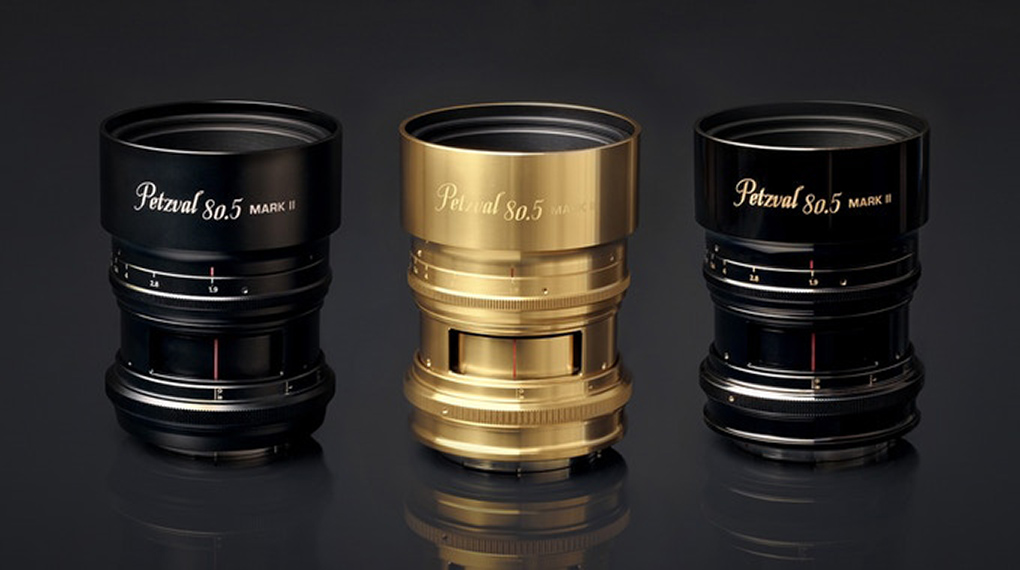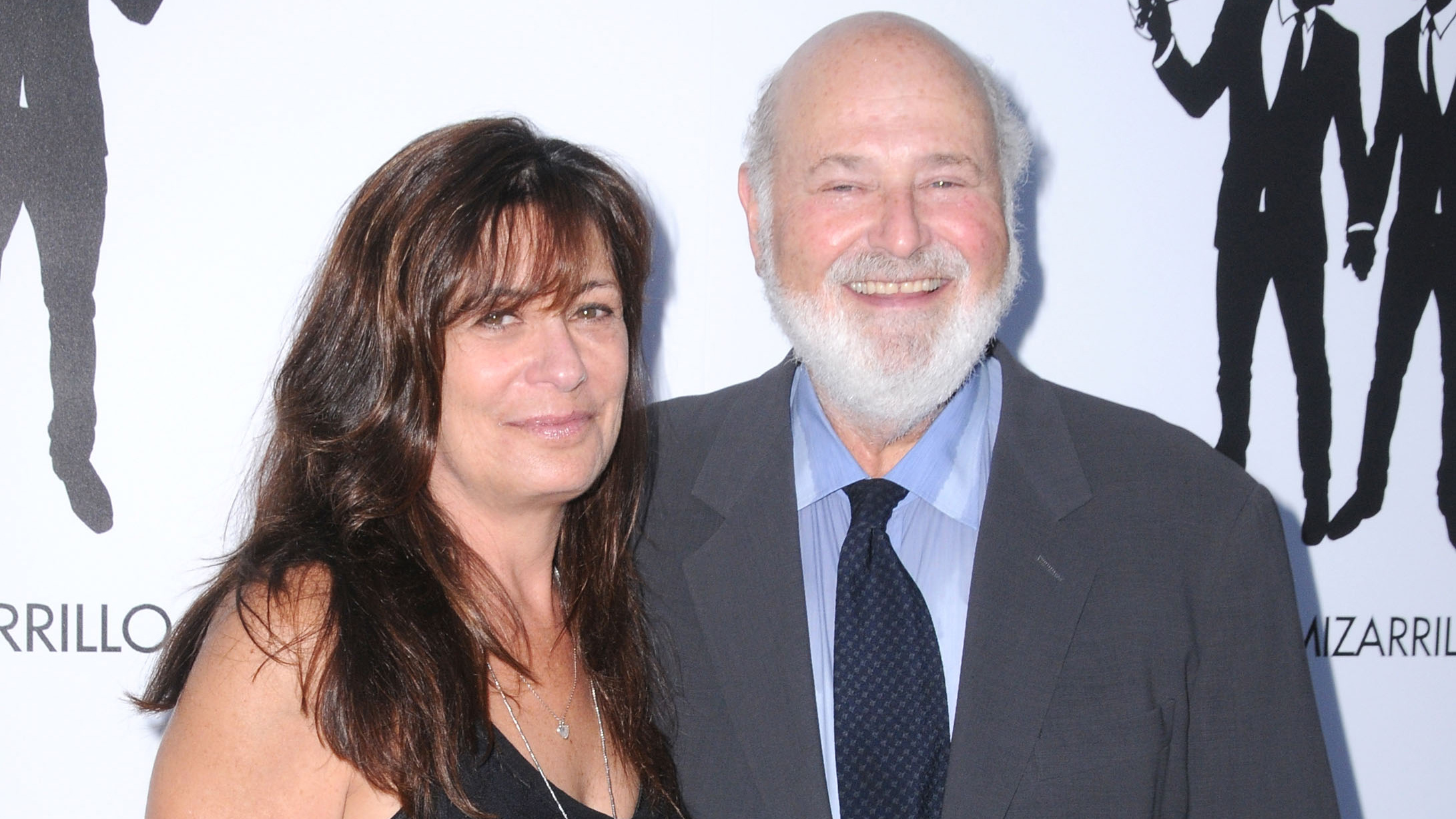Wait, this US$450 Lomography lens is used in Hollywood movies? Meet the Petzval lens
The Lomography Petzval lens is certainly in Vogue with Hollywood filmmakers right now, and once you understand its unique characteristics, you’ll see it everywhere!

Back in 2013, Lomography launched a Kickstarter to resurrect a photographic relic of the 19th century, the Petzval lens, now available as the Petzval 55mm f/1.7 MkII Art Lens ($449 / £349 / AU$649) and Petzval 80.5mm f/1.9 MkII Bokeh Control Art Lens ($499 / £399 / AU$809).
But far from an optical oddity, its unique, vintage aesthetic has garnered favor with photographers, filmmakers and even Hollywood productions. And although I've noticed the Petzval’s distinctive spiraling bokeh pop up in various movies, most notably Poor Things, I knew nothing about this incredible optic’s history.
That is, until I watched StudioBinder’s excellent YouTube video, ‘The Trendiest Lens in Hollywood – And How You Can Use It’.
ABOVE: Watch StudioBinder’s video on the Petzval lens
The Petzval’s origins can be traced right back to 1840 when it was designed by its namesake, Slovak-Hungarian mathematician and physicist, Joseph Petzval.
But a world away from providing the ethereal cinematography for films such as Poor Things, I was amazed to find out that it was originally used to cut down the average 10-minute exposure time of the period’s chevalier lenses to just 30 seconds.
It was also sharper than rival lenses, thanks to Petzval’s background in mathematics. But that sharpness only extended to the very center of the frame, hence the ethereal effect we know and love today. Exactly how the lens’ construction produced this optical anomaly is explained excellently in the video.
The best camera deals, reviews, product advice, and unmissable photography news, direct to your inbox!
Today’s cinematographers have embraced the Petzval lens’ distinctive, spiraling bokeh, extreme fall-off and heavy vignetting for its storytelling qualities. The ethereal look is ideal for dream sequences or surreal subject matter, while also drawing the eye towards the center of the frame.
But there’s another reason why the Petzval has garnered favor with the filmmaking elite: sharpness, or lack thereof.
As the StudioBinder video states: “Today, many cinematographers feel that the look of digital cameras is too clean, resulting in an image without much character.” And some photographers are running into the same problem, with one solution being vintage optics or vintage-style optics.
So there you have it. Watch the video above to learn more about the Petzval lens, how to use one, and its application in Hollywood.
You might also like...
If you're into photography oddities, Blazar has made the first practical anamorphic lenses for photographers, and I had no idea Luke Skywalker's Lightsaber was made from a vintage camera flash. Plus, the Nikon Z6 is a whole lotta camera for $700 – I might pick one up as a second body.

Mike studied photography at college, honing his Adobe Photoshop skills and learning to work in the studio and darkroom. After a few years writing for various publications, he headed to the ‘Big Smoke’ to work on Wex Photo Video’s award-winning content team, before transitioning back to print as Technique Editor (later Deputy Editor) on N-Photo: The Nikon Magazine.
With bylines in Digital Camera, PhotoPlus: The Canon Magazine, Practical Photography, Digital Photographer, iMore, and TechRadar, he’s a fountain of photography and consumer tech knowledge, making him a top tutor for techniques on cameras, lenses, tripods, filters, and more. His expertise extends to everything from portraits and landscapes to abstracts and architecture to wildlife and, yes, fast things going around race tracks...
You must confirm your public display name before commenting
Please logout and then login again, you will then be prompted to enter your display name.

